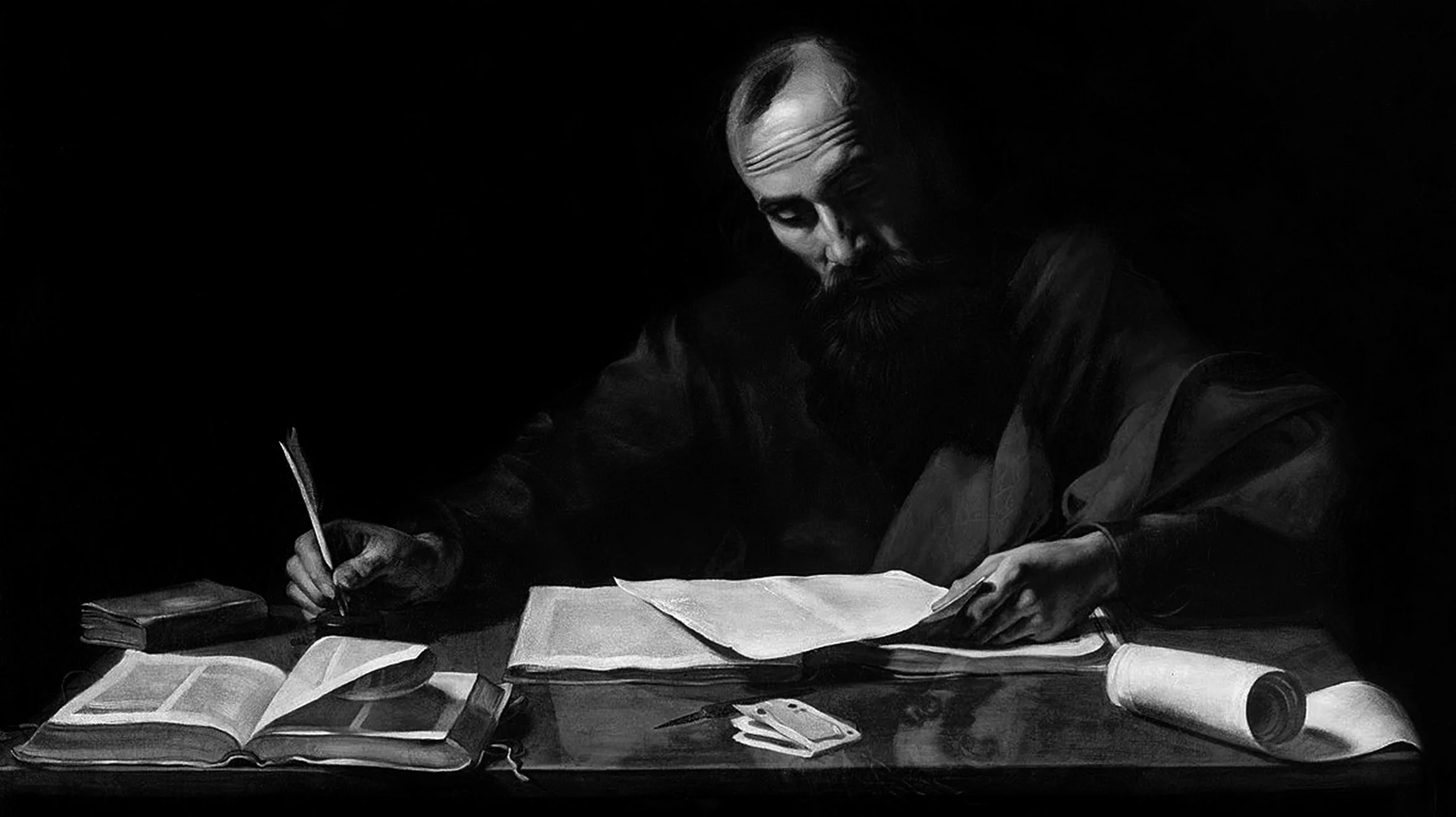a new, 'old' nikon Df
Last year, like many photographers, I'd been reviewing the most recent crop of cameras. I'd been using the Leica M9 for three years, on and off, and loved it for what it is, but the fact remains that, while I loved the images I can create with it, the sensor is now somewhat out of date.
So, I had looked at, invested in, experimented with and disposed of the Sony A7 and the Sony A7s, not the A7R, as Sony have still not fixed its shutter vibration issues. I also looked at Nikon's latest product at the time, the much heralded, retro-styled Nikon Df.
For several months after its announcement, the Nikon Df had been splitting opinion. OK, it's an odd combination of marketing inspired nonsense and some genuine qualities, among which is a super smooth image quality. I agree. I could happily see through all the hype though, so that didn't concern me. Is it a good camera? Yes - no doubt!
I like, for example, some of the 'retro' controls, but hate the front rotation button with a passion - what numbskull thought of that one!? Under pressure, in aperture priority mode, concentrating on focusing, that front button is practically useless for all intents and purposes. Aperture control has to be reassigned to the command rotator on the rear of the camera - of course it would - and so the problem is solved.
After a couple of weeks of using it that was about the only thing that really managed to frustrate me. Everything else about the Nikon Df seems pretty much, well, OK. Any other 'niggles' are really fairly easy to adjust to and I've been genuinely impressed by what I think is the Df's best feature of all - the full frame, 16 megapixel D4 sensor. It's just, well, superb - there's no other word for it!
There are lots of reviews, both technical and real world on the internet to dig into. You can drive yourself crazy with all the detail, but my principal interest is in using the camera in real project situations. In particular, I was very, very interested in a Df and Zeiss prime lens combination. Now, if you are only interested in auto-focus lenses and 'P mode' auto-almost everything, then the Nikon Df is probably not your best choice, but, in keeping with their 'back to basics' theme, I felt the camera might just make a good medium sized working combination with highly reputed Zeiss glass. For that recommendation I'm obliged to Lloyd Chambers, who has done a serious amount of testing on these lenses.
So, I followed his recommendations and recently tried both a Zeiss 21mm f2.8 ZF.2 Distagon Lens and their superb Zeiss 135mm f2 ZF.2 APO Sonnar lenses on a couple of projects. The image set here is from a visit to London, at night, mostly shot around Chinatown behind Leicester Square. My imagination was caught by just how many people, in each situation I found myself in, were intently focused on their phones and in particular with taking snaps - wherever they were!
The shot below is one of my favourites. Considering the ISO was so high the tonal ramge in this image is very nice. The sensor in this camera is undoubtedly its best asset. The Zeiss 21mm has done a great job with this scene, taken at the entrance to Burlington Arcade. It just shows that a 16Mp camera can still produce wonderful images with enough resolution to meet most printing needs and the rendering of this combination is well, just, beautiful.
Anyway, it's an example of what might be done with a Nikon Df and the two Zeiss prime, manual focus lenses - shot deliberately at very high ISOs - some at ISO 6400 and the rest at 12800; all hand-held, straight 'out of the box'. Mostly all taken with the lenses wide open. Also all but two are heavily cropped, for compositional reasons. So this Df does great work - in any light and shows you can deal with night street work with huge dynamic range challenges and get a very useable result.
Of course, as we all know, dynamic range for any sensor reduces as ISO increases. I guess because the signal data is being amplified at low levels to give increased apparent sensitivity but at the same time the top end filled capacity of the pixel's 'light wells' is fixed, so inevitably shadows get amplified but highlights can't get any brighter so the range of levels between shadows and highlights decreases with increasing ISO and hence you get decreased dynamic range available. You can see this in the images in this post but, frankly, the result is still very useable. You lose some of the 'depth' in the rendering, which you can see in the people's clothing and skin tones but think about what we are doing here - we are working in the dark in 'natural light'!
I was honestly surprised at the image quality, given the ISO settings, the untreated noise in the RAW files was very film-like and reminded me so much of pushed Tri-X grain from the 'old days'. Very photogenic. Each image was processed from RAW in Nikon Capture NX2, this time. To give some smoothing, Noiseware Professional was used to tone down the noise levels a little with a touch of output sharpening as the final step. Given it was my first outing with the camera and lens combination, as a night 'street' / candid shoot, I was pretty impressed with the outcome. Practice makes perfect, of course - or just 'better' in my case.





